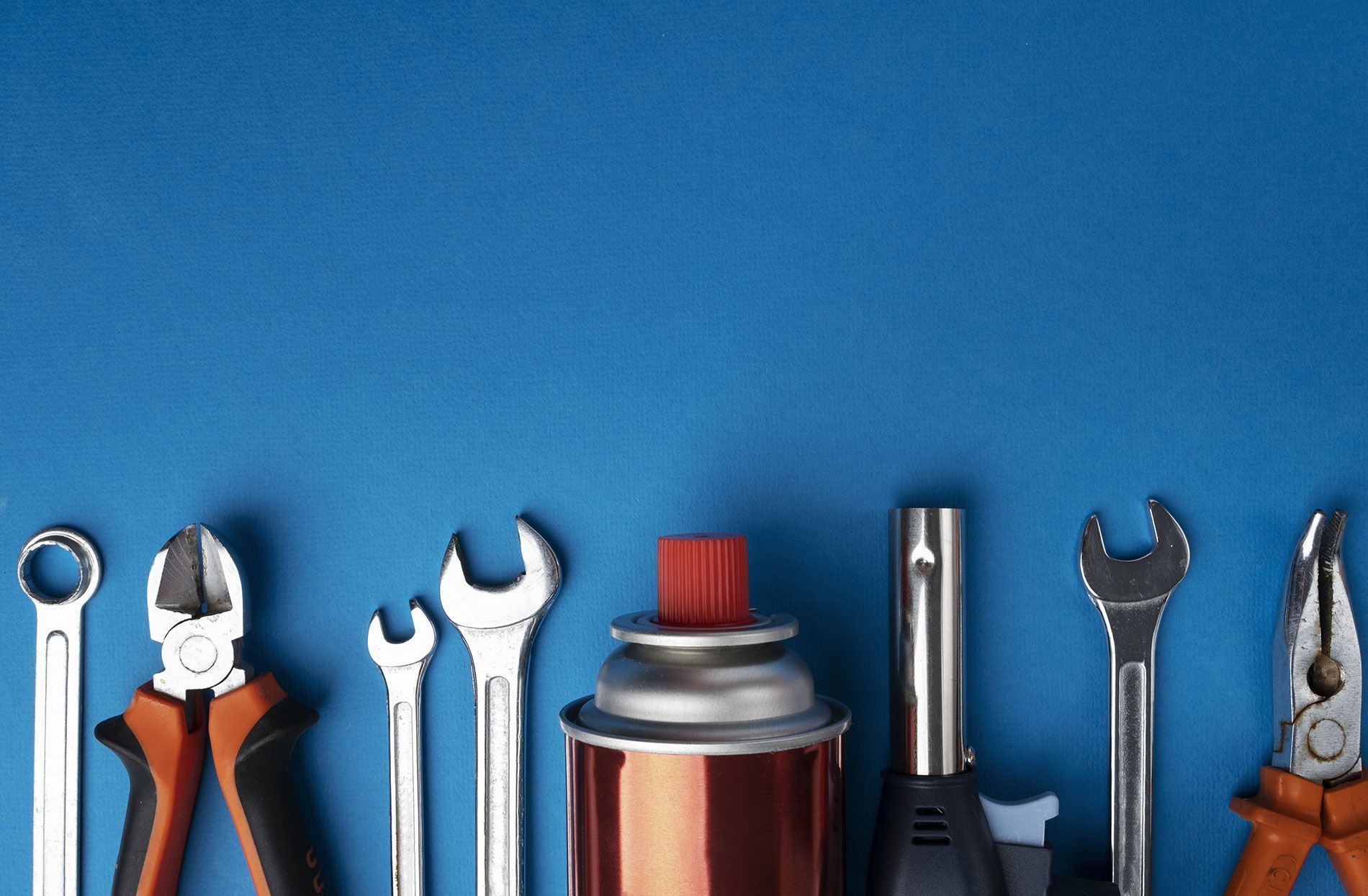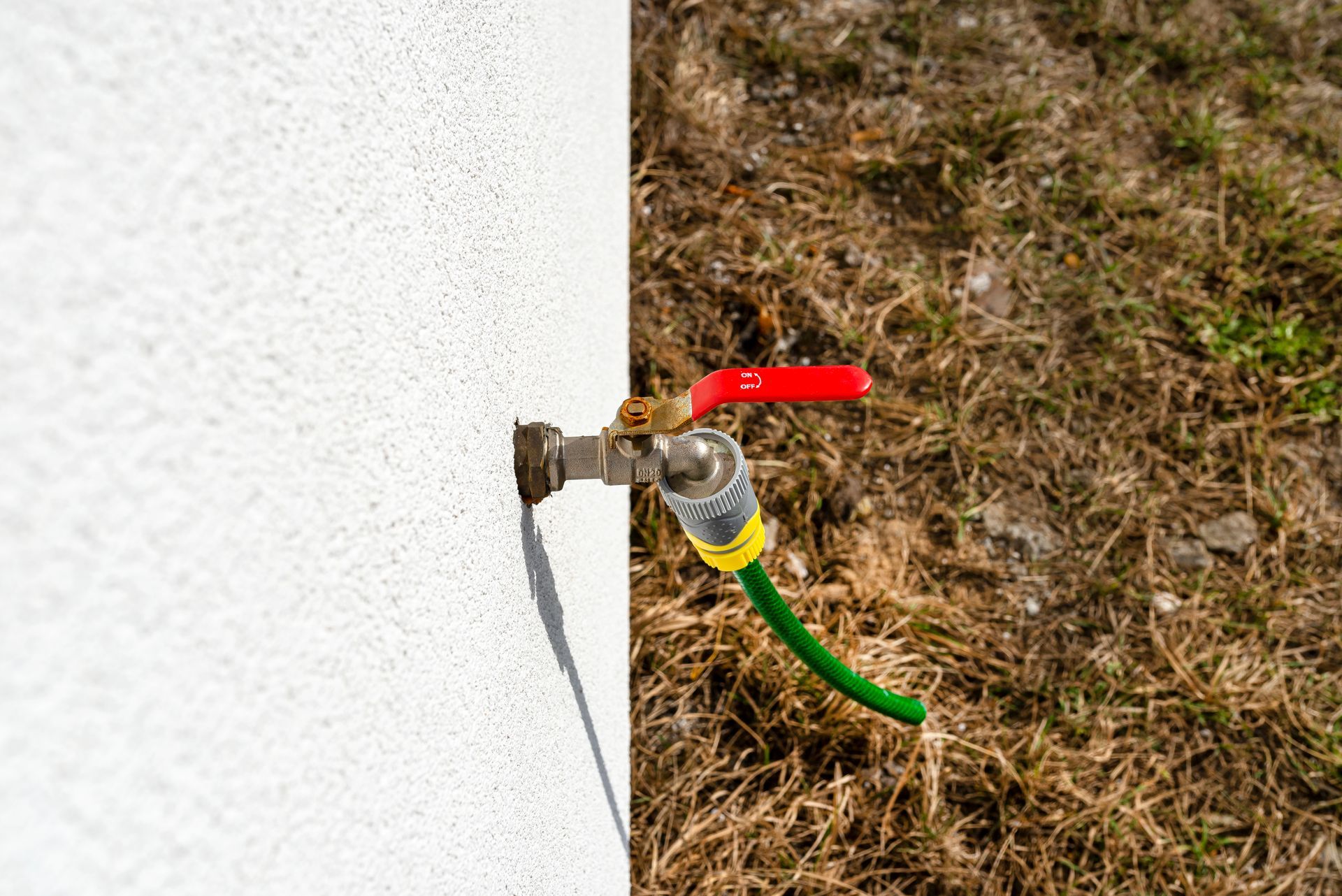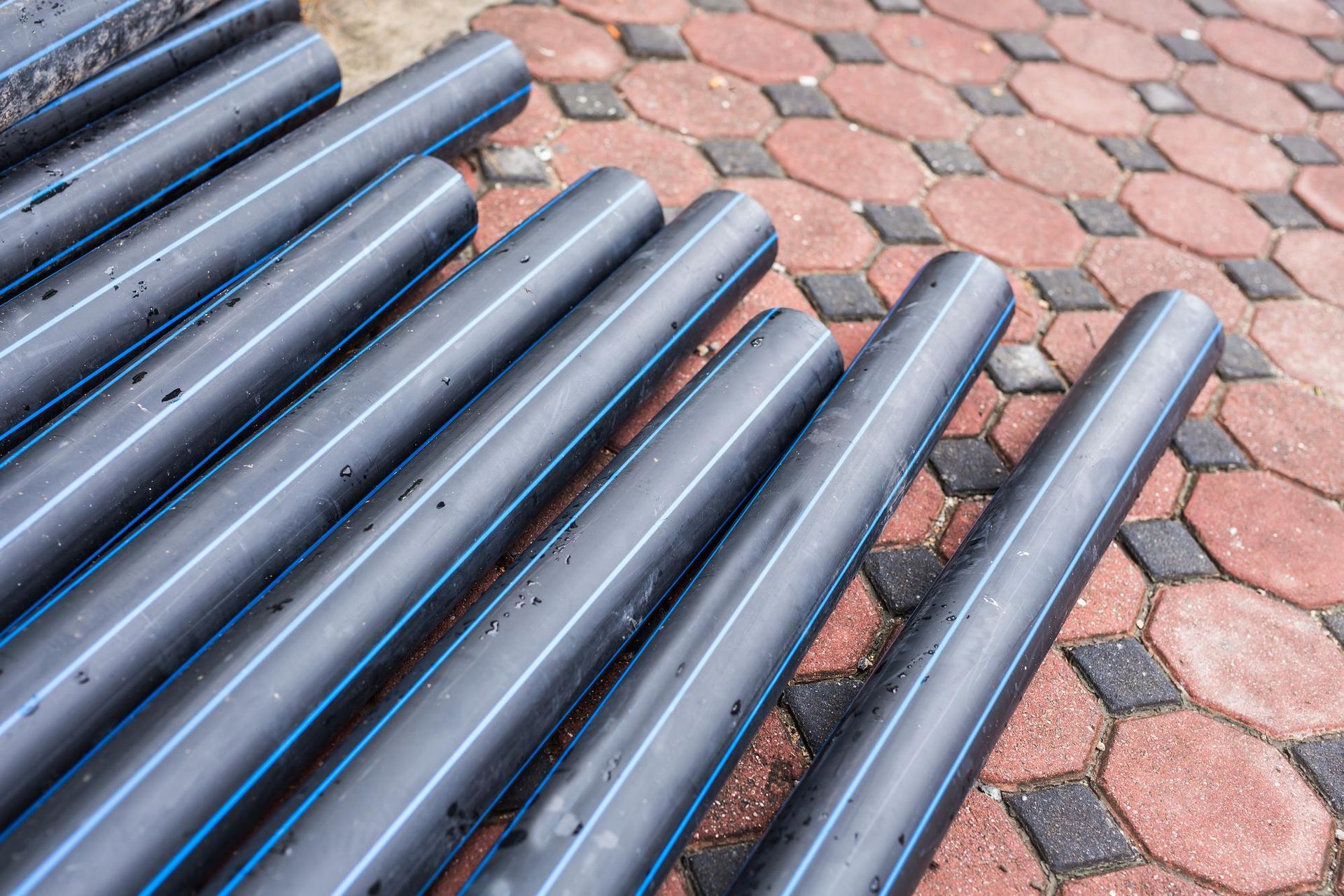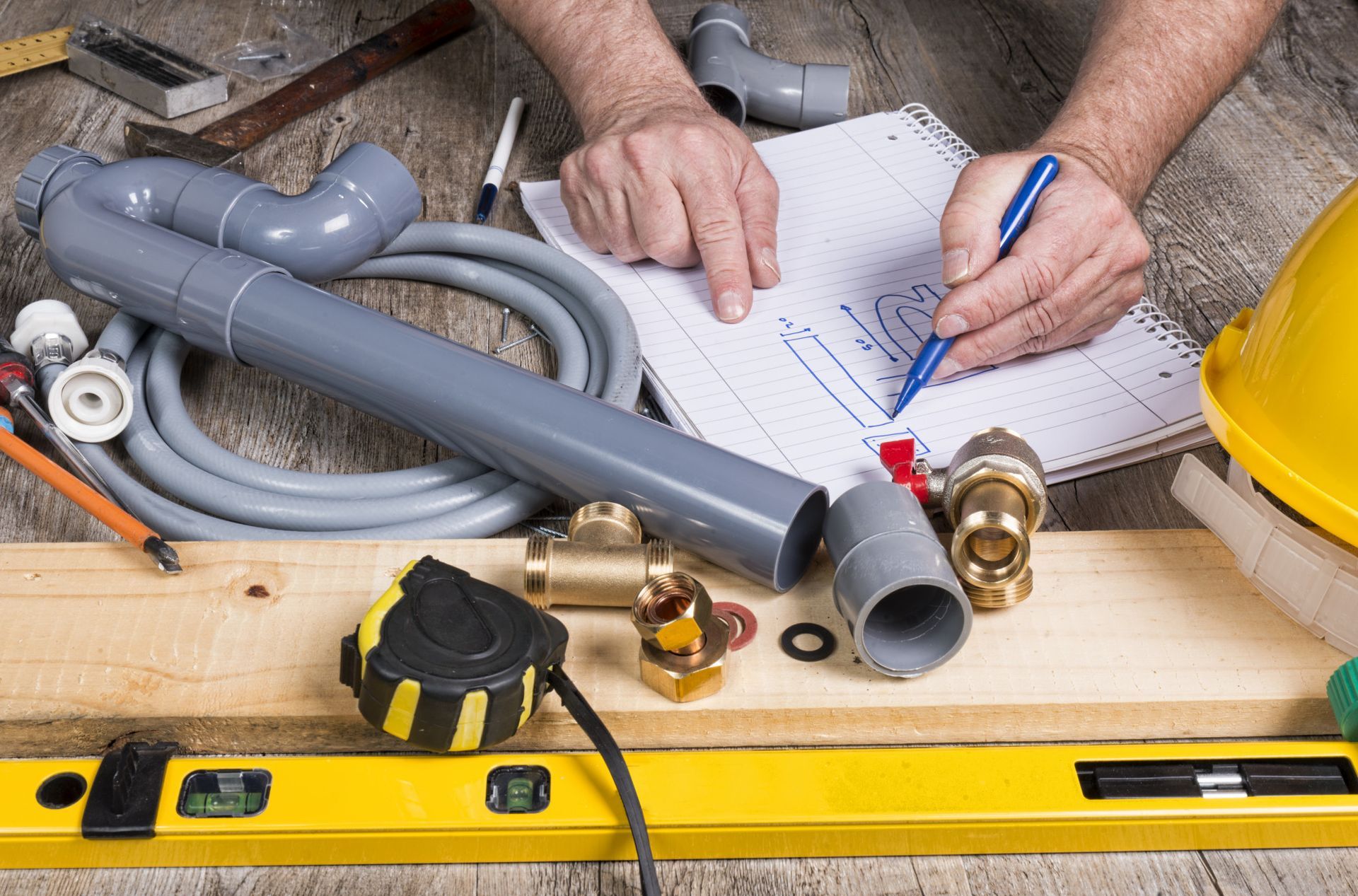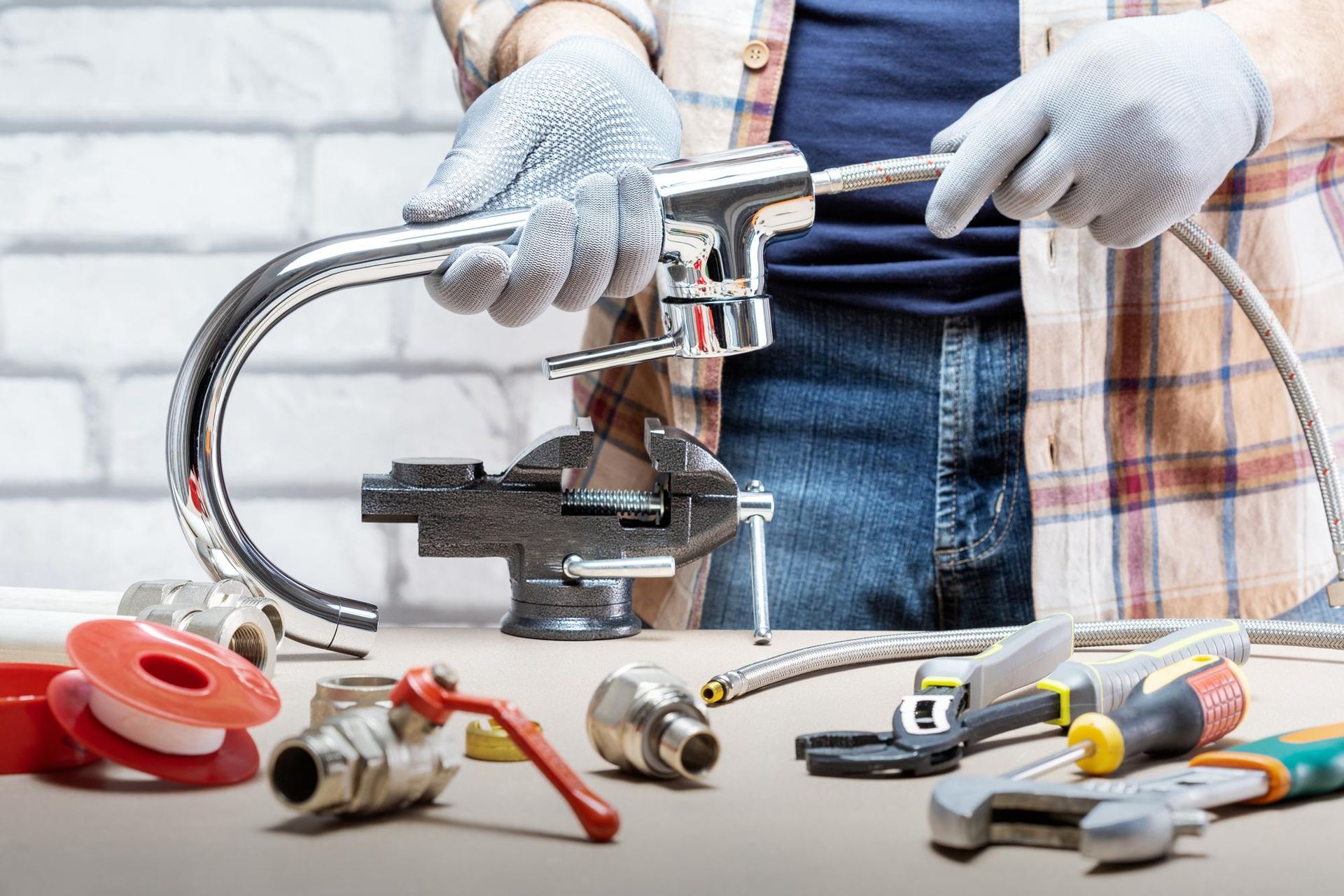Ultimate Guide: Sewer Line Replacement - Costs, Methods, and What to Expect
Sewer line replacement is a critical aspect of maintaining a functional plumbing system in homes and buildings. When sewer lines become damaged or deteriorate over time, replacement becomes necessary to prevent serious issues such as sewage backups and environmental contamination. Understanding the process of sewer line replacement is essential for homeowners and property owners to make informed decisions regarding their plumbing infrastructure. From costs and methods to expectations during the replacement process, having a comprehensive understanding of sewer line replacement ensures a smoother and more efficient experience. In this section, we'll provide a brief overview of sewer line replacement and emphasize the importance of comprehending the associated costs, methods, and expectations to facilitate informed decision-making and ensure the successful completion of the replacement project.
Signs You Need Sewer Line Replacement
Recognizing common signs of sewer line issues is crucial for homeowners to address potential problems before they escalate. Signs such as persistent sewer odors, slow drains, gurgling noises in the pipes, sewage backups, and soggy patches in the yard can indicate underlying issues with the sewer line. Ignoring these signs can lead to more extensive damage to the plumbing system and property, as well as health hazards due to exposure to sewage.
Addressing these signs promptly is essential to prevent further damage and costly repairs. Sewer line issues can worsen over time, leading to more significant disruptions and expenses if left unattended. By taking prompt action to investigate and address potential sewer line problems, homeowners can mitigate the risk of extensive damage and ensure the integrity of their plumbing system. Therefore, it's essential to heed these warning signs and seek professional assistance as soon as possible to diagnose and resolve any sewer line issues effectively.
Factors Affecting Sewer Line Replacement Costs
The age and material of the existing sewer line are significant factors influencing the need for replacement. Older sewer lines made of materials such as clay, cast iron, or Orangeburg pipe are more prone to deterioration, corrosion, and damage over time. These materials may develop cracks, breaks, or collapses, leading to sewage backups and other issues. Additionally, sewer lines installed decades ago may not meet modern building codes and standards, further necessitating replacement for improved functionality and safety.
The length and depth of the sewer line also play a crucial role in determining the complexity and cost of replacement. Longer sewer lines require more materials and labor for replacement, increasing the overall project expenses. Similarly, deeper sewer lines may require more extensive excavation or trenching, adding to the complexity of the replacement process and potentially impacting landscaping or structures above ground.
Accessibility of the sewer line is another critical consideration. Sewer lines located beneath paved surfaces, concrete slabs, or mature landscaping may be more challenging and costly to access for replacement. Limited accessibility may require specialized equipment or techniques, such as trenchless sewer line replacement methods, to minimize disruption and damage to the surrounding area. Evaluating the age, material, length, depth, and accessibility of the existing sewer line is essential for accurately assessing the scope and cost of replacement and planning accordingly.
Methods of Sewer Line Replacement
The traditional trenching method is a conventional approach to sewer line replacement that involves excavating a trench along the entire length of the existing sewer line. This method allows for direct access to the sewer line, facilitating the removal and replacement of damaged sections. While effective, the traditional trenching method can be labor-intensive, time-consuming, and disruptive to landscaping, driveways, and other structures on the property.
Trenchless sewer line replacement methods offer alternative approaches that minimize excavation and disruption to the surrounding area. These methods are particularly beneficial for sewer lines located beneath paved surfaces, mature landscaping, or other obstacles.
- Pipe bursting involves inserting a new pipe into the existing sewer line and using hydraulic force to fracture the old pipe and push it outward. This method creates a new, seamless pipe path without the need for extensive excavation.
- Pipe lining, also known as cured-in-place pipe (CIPP) lining, involves inserting a flexible liner coated with resin into the existing sewer line. The liner is inflated and cured in place, creating a durable, seamless pipe within the old pipe.
- Hydraulic boring, or directional drilling, is a trenchless method that involves drilling a small pilot hole underground and then enlarging it to accommodate the new sewer line. This method minimizes surface disruption while allowing for the installation of a new pipe.
These trenchless sewer line replacement methods offer advantages such as reduced excavation, shorter project timelines, and less disruption to the property compared to traditional trenching methods. However, they may not be suitable for every situation, so it's essential to consult with a professional plumber to determine the most appropriate method for your specific needs.
Cost Breakdown of Sewer Line Replacement
The cost range for sewer line replacement can vary significantly depending on the method chosen and the specific circumstances of the project. Traditional trenching methods typically incur higher costs due to the extensive excavation required. Costs for traditional trenching can range from several thousand dollars to tens of thousands of dollars, depending on factors such as the length and depth of the sewer line and the extent of excavation needed.
On the other hand, trenchless sewer line replacement methods generally have lower costs compared to traditional trenching. Pipe bursting and pipe lining methods typically range from a few thousand dollars to several thousand dollars, depending on factors such as the length of the sewer line and the accessibility of the site. Hydraulic boring may have similar costs to pipe bursting and pipe lining, depending on the complexity of the drilling process and the length of the bore.
In addition to the direct costs of sewer line replacement, there may be additional costs to consider. These can include fees for permits and inspections, costs for restoring landscaping or hardscaping affected by excavation, and expenses for any necessary repairs or upgrades to the plumbing system. It's essential for homeowners to factor in these additional costs when budgeting for sewer line replacement to ensure they have a realistic understanding of the total project expenses. Consulting with a professional plumber can help homeowners accurately assess the full scope and cost of sewer line replacement and plan accordingly.
Hiring a Professional
Hiring a licensed and experienced plumber for sewer line replacement is crucial to ensure the job is done correctly and safely. Licensed plumbers have undergone extensive training and certification processes, demonstrating their expertise and competency in handling plumbing projects, including sewer line replacement. Experience is also paramount, as seasoned plumbers have encountered a wide range of situations and can effectively troubleshoot and address any issues that may arise during the replacement process. By hiring a licensed and experienced plumber, homeowners can have confidence in the quality and reliability of the workmanship, minimizing the risk of costly mistakes or future problems.
When hiring a plumber for sewer line replacement, it's essential to ask the right questions to ensure they are qualified and capable of completing the job to your satisfaction. Some important questions to ask include:
- Are you licensed and insured?
- How many years of experience do you have in sewer line replacement?
- What methods do you use for sewer line replacement, and why?
- Can you provide references from past customers?
- What is your estimated timeline for completing the project?
- Do you offer any warranties or guarantees on your work?
- What is your pricing structure, and what is included in the quote?
- Will you obtain any necessary permits for the project?
Asking these questions can help homeowners make an informed decision when selecting a plumber for their sewer line replacement needs, ensuring a successful and satisfactory outcome.
What to Expect During Sewer Line Replacement
Before the sewer line replacement process begins, homeowners should take steps to prepare their property and minimize disruptions. This may involve clearing any obstacles or debris from the work area, moving vehicles or outdoor furniture to allow access for equipment, and informing neighbors of the upcoming project to avoid conflicts or inconveniences. Additionally, homeowners should make arrangements for alternative restroom facilities if the sewer line replacement will interrupt access to plumbing fixtures in the home.
The timeline for completion of sewer line replacement can vary depending on factors such as the length and depth of the sewer line, the chosen replacement method, and any unforeseen complications encountered during the project. Generally, sewer line replacement projects can take anywhere from a few days to a couple of weeks to complete. Homeowners should discuss the estimated timeline with their plumber before the project begins to ensure they have realistic expectations and can make any necessary accommodations.
It's important for homeowners to be aware of potential disruptions and inconveniences that may arise during the sewer line replacement process. These can include noise from excavation equipment, temporary disruptions to water or sewer service, and limitations on access to certain areas of the property. By anticipating these potential challenges and planning accordingly, homeowners can minimize stress and inconvenience during the replacement process. Additionally, working with an experienced plumber can help mitigate disruptions and ensure the project is completed as efficiently and smoothly as possible.
Maintenance Tips After Sewer Line Replacement
Maintaining a healthy sewer line is essential to prevent future issues and prolong the lifespan of the plumbing system. Homeowners can take several proactive steps to keep their sewer lines in optimal condition. First, they should avoid disposing of grease, oil, or food scraps down the drain, as these can contribute to clogs and blockages. Regularly cleaning drains with a mixture of vinegar and baking soda can help prevent buildup and keep sewer lines clear. Additionally, scheduling periodic inspections and cleanings by a licensed plumber can help identify and address any potential issues before they escalate.
While proactive maintenance is crucial, homeowners should also be vigilant for signs of potential sewer line issues that may arise in the future. These signs can include recurring clogs or slow drains, sewage odors emanating from drains or the yard, lush patches of grass or vegetation above the sewer line, and unusually high water bills. If any of these signs are observed, homeowners should promptly contact a licensed plumber to assess the situation and address any underlying issues before they worsen. By staying vigilant and proactive, homeowners can minimize the risk of future sewer line problems and ensure the continued functionality of their plumbing system.
Conclusion
Understanding sewer line replacement costs, methods, and expectations is crucial for homeowners facing sewer line issues. Factors such as the age and material of the existing sewer line, the length and depth of the line, and the accessibility of the site can all influence the cost and method of replacement. Choosing a licensed and experienced plumber and being prepared for potential disruptions during the replacement process are also essential considerations.
If you're experiencing sewer line issues, don't hesitate to take action. Contact The Plumber Guys at 410-698-7863 for professional assistance with sewer line replacement. Our team of experienced plumbers can assess your situation, recommend the best course of action, and provide quality service to restore the functionality of your plumbing system. Don't let sewer line problems disrupt your life—take action today to address them promptly and effectively.
FAQs
-
How much does sewer line replacement cost?
The cost of sewer line replacement varies depending on factors such as the method chosen, the length and depth of the sewer line, and any additional complications encountered during the project. Generally, traditional trenching methods are more expensive than trenchless methods like pipe bursting or pipe lining. On average, homeowners can expect to pay anywhere from a few thousand dollars to tens of thousands of dollars for sewer line replacement.
-
What are the different methods of sewer line replacement?
There are several methods of sewer line replacement, including traditional trenching, pipe bursting, pipe lining, and hydraulic boring. Traditional trenching involves excavating a trench along the entire length of the sewer line, while trenchless methods minimize excavation and disruption to the surrounding area.
-
How long does sewer line replacement take?
The timeline for sewer line replacement depends on factors such as the method chosen, the length and depth of the sewer line, and any unforeseen complications encountered during the project. Generally, sewer line replacement projects can take anywhere from a few days to a couple of weeks to complete.
-
What should I expect during the sewer line replacement process?
During the sewer line replacement process, homeowners can expect some disruption and inconvenience, including noise from excavation equipment, temporary disruptions to water or sewer service, and limitations on access to certain areas of the property. It's essential to prepare for these potential challenges and work closely with your plumber to minimize disruptions.
-
How can I find a reputable plumber for sewer line replacement?
When hiring a plumber for sewer line replacement, it's essential to look for a licensed and experienced professional with a track record of quality workmanship. Ask for recommendations from friends, family, or neighbors, and research online reviews and testimonials. Be sure to ask potential plumbers about their experience with sewer line replacement and their preferred methods for completing the project.
Contact Info
Areas We Serve
- Baltimore County
- Baltimore City
- Cecil County
- Harford County
Business Hours
Mon - Fri 07:00 am – 04:00 pm
Sat By Appointment
Sun By Appointment
Follow Us
All Rights Reserved | The Plumber Guys

